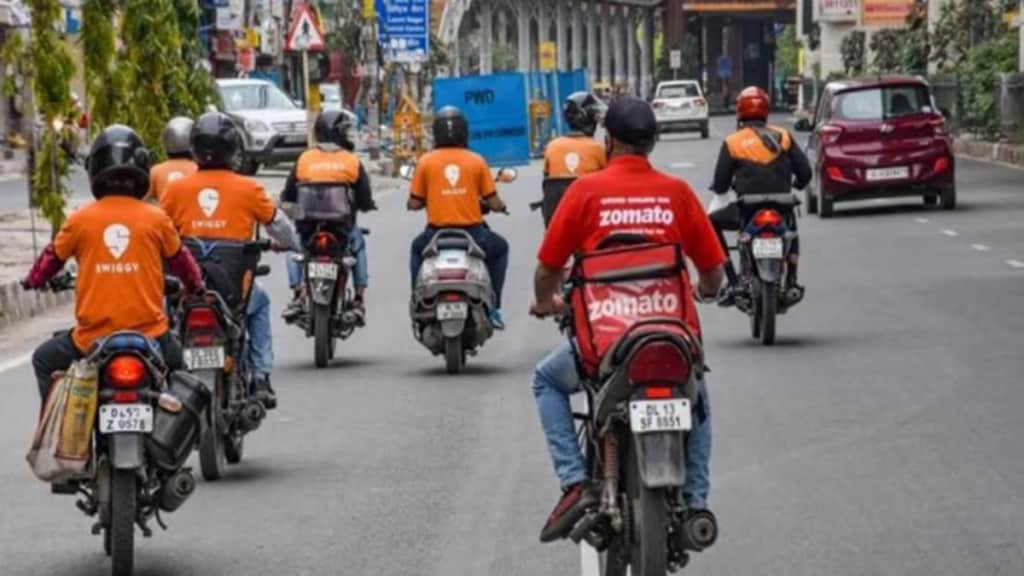The ‘quick commerce’ growth has come at the cost of taking business away from local kiranas and retailers. Retail contributes $883 billion, or about 25% to India’s GDP, of which grocery retail contributes over $620 billion. Between 10-15% of all grocery store orders are “home delivery” orders, ordered through phone and Whatsapp, and delivered by the staff of the retailer. These deliveries take three to four hours on an average, as retailers wait for a few orders to collect before sending out the delivery boy on a milkrun. It’s this piece of the pie that quick commerce is taking away from retailers by deep discounting, and offering deliveries for free or far below actual logistics cost.
There is now a growing opposition to the “unfair” competitive actions of quick commerce players by multiple retailer associations. It also remains unclear if FDI invested quick commerce players can operate inventory-led business models and control inventory pricing, even if dark stores ownership is controlled via indirect surrogate means.
At the opportune time, we see the entry of the government-promoted ONDC (Open Network for Digital Commerce) that aims to democratise e-commerce, and is expected to be the UPI of e-commerce in India. This gives retailers the ammunition to fight against deep pocketed quick commerce apps without any investments. ONDC-powered seller solutions are now helping retailers digitise their inventory and make them available across multiple buyer platforms. Integrated ONDC logistics provide retailers a trackable quick 30-minute hyperlocal delivery ecosystem at costs as low as Rs 25 per order delivery.
The end customer also gets to order from an online catalogue from his favourite store, and gets an experience similar to quick commerce apps, at similar or lower prices.
Retailers reap benefits of converting existing cumbersome phone and Whatsapp orders to online orders to their online storefront, and also get new customer acquisition thro-ugh multiple new buyer channels.
The added logistics solutions help them compete with dark store-led quick commerce and retain their customers.
The eventual result is that fast/quick commerce is here to stay. As neighbourhood
retailers also join this race, powered by ONDC, the customer is only going to get more options, and the opportunity to buy even long tail products from his nearby retailer with 30-minute delivery.
While dark store-led quick commerce is viable only in high population density urban areas, ONDC will ensure the penetration of retailer-led quick commerce in Tier 2 and Tier 3 towns also over time.
The author is co-founder, Kiko Live. Views expressed are personal and not necessarily those of financialexpress.com.


